Introduction Fossil collecting is an exciting activity that allows us to discover remnants of the past and gain a...
Search in blog
Blog categories
Photo gallery
No featured images
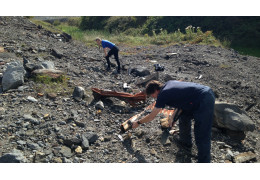
Introduction Fossil collecting is an exciting activity that allows us to discover remnants of the past and gain a better understanding of life's evolution on Earth. However, this practice is subject to strict regulations to preserve natural heritage and prevent looting. This article details the regulations and permissions required for fossil collecting to guide both amateurs and professionals in their endeavors.
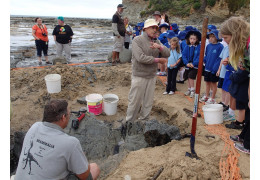
Introduction Paleontological tours and excursions offer a unique opportunity to travel back in time and uncover the mysteries of prehistoric Earth. Whether you're a dinosaur enthusiast or simply curious about our planet's history, these adventures allow you to explore fascinating sites and find fossils that tell stories millions of years old.
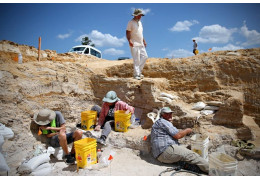
The discovery of fossils has always captivated the imagination of scientists and the public alike. These remnants of the past offer a unique glimpse into life on Earth millions of years ago. Here is an overview of some of the most famous fossil excavation sites around the world.
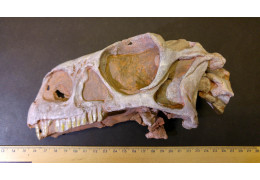
Introduction 3D printing is a technology that has transformed many sectors, and the study of fossils is no exception. This method allows for the creation of precise reproductions of fossils, offering new possibilities for research and education. This article explores how 3D printing is used to study fossils and the advantages it brings to paleontology.
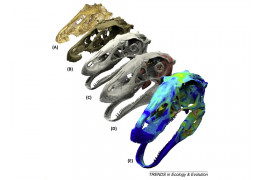
Introduction Paleontology is a science that studies ancient life forms through fossils. Over the years, technological advancements have allowed paleontologists to make more precise and detailed discoveries. This article explores how modern technology is used in paleontological research and the impact of these innovations on understanding the history of life on Earth.
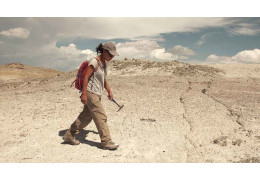
Fossil Hunting Techniques Fossils offer a fascinating glimpse into prehistoric life. Discovering and studying them requires specific techniques that paleontologists use to find and preserve these ancient treasures.
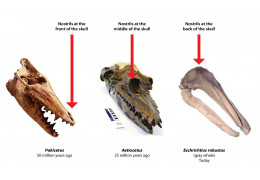
A Dive into Earth's Past Discover how the study of fossils reveals the mysteries of evolution.Table of ContentsIntroduction to Evolution Early Fossil Discoveries How Fossils Form Types of Fossils Fossils and Dating Recent Discoveries Conclusion
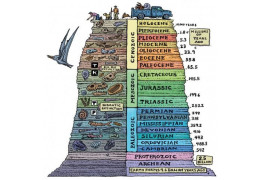
The Age of Fossils and Their Dating Understanding Earth's history through fossils
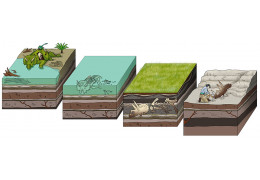
Introduction Fossilization is a fascinating process that allows the remains of ancient organisms to transform into fossils. These fossils offer us a window into the past, allowing us to understand life on Earth millions of years ago. In this article, we will explore the various stages of fossilization in detail.
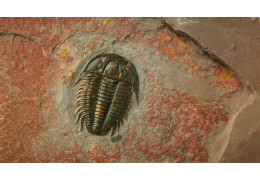
Fossils, these silent witnesses of bygone eras, deserve special attention to ensure their preservation. Whether you are an enthusiastic amateur or a seasoned collector, understanding the best practices for preserving and maintaining your fossils is essential. This detailed guide will provide you with all the necessary information to take care of your precious specimens.
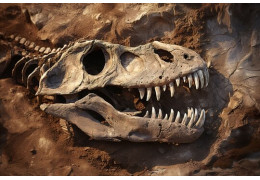
Your ultimate source for authentic fossils Introduction Types of Fossils Buying Tips Fossil Preservation Univers Fossile
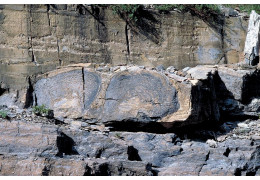
Fossils are the remains or traces of ancient plants and animals preserved in rock. Identifying a fossil can be a fascinating and rewarding activity. Whether you are a hobbyist or an aspiring paleontologist, this guide will help you recognize and identify fossils. Here are the steps and tips to help you identify a fossil.